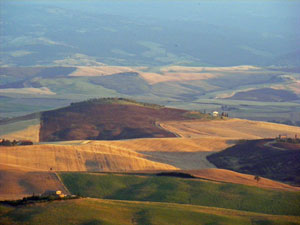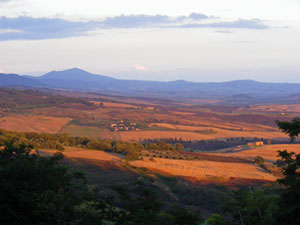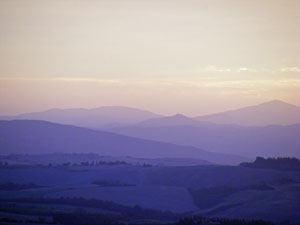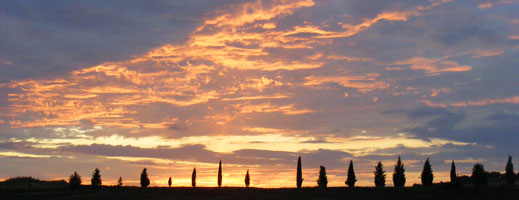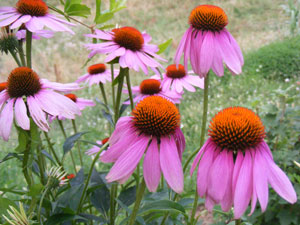 |
||
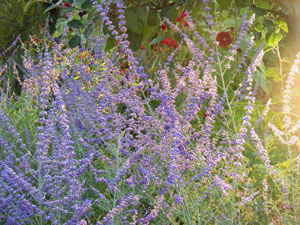 |
||
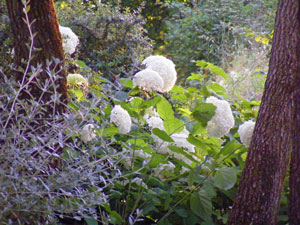 |
||
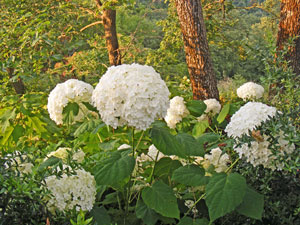 |
||
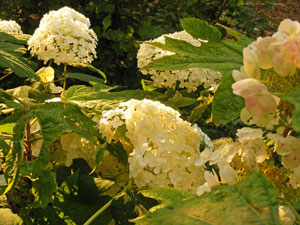 |
||
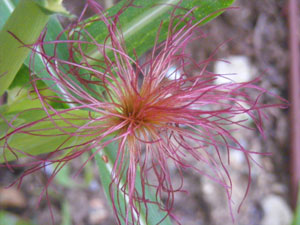 |
||
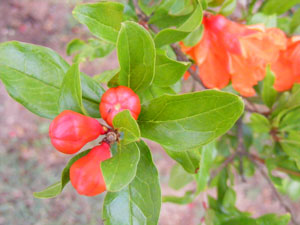 |
||
CdP
7 July 2014
I used to get annoyed with my mother when, in the last years of her life, she would look at me wistfully when I had only just arrived to visit and say “oh, it’s so sad, you’ll be gone soon!” But that’s how I’m beginning to look at summer.
We’re both working so hard that I’m beginning to wonder what will be left when (if?) we ever get to slow down – and of course what it will look like after the neglect the place has suffered over the past few weeks. I feel I’m only just keeping it from spinning out of control, and that by sheer force of willpower. Every now and then I manage to scrape something back into my grip just in the nick of time (the fast-disappearing, now-salvaged hydrangeas beyond the barbecue are the most recent example) before anarchy and entropy get the upper hand. It’s quite nerve wracking.
Just as well, then, that it’s also so overwhelmingly lovely that I can’t find it in me to panic. I mean, I tend not to panic about the garden: I simply won’t allow myself to be angst-ridden about something that brings me such immense pleasure. But this year, despite my inability to get out there and get things done, everything is so green and lush and utterly heart-stoppingly wonderful after our wet winter and spring that I think I can bear it better. There are a few spots, however, which I’d really like to improve.
My constant to-ing and fro-ing (this, gratifyingly, for garden projects) has done the oddest things to a vegetable season which began so promisingly. I was amazed at my own virtue in getting my tomatoes ready and in at a time which was surprisingly sensible; not to mention the potatoes and – oddly for me – lots of sweet corn.
After which things began to go downhill, mostly because the seeds I had sown were left sitting in their little pots for so long that they were miserable by the time they were put in the soil but also because they went into the soil immensely later than any reasonable gardener would have put them there.
We’re into July and what do I have?
Well, on the already-producing side there’s some lettuce (those not munched by the boar) and rughetta, the occasional asparagus spear (I have to gather them over several days in order to collect enough to make a meal), the very first few little tomatoes, and the occasional courgette, picked extremely small because if I leave them for too long they go yellow and wither. (If I could get up there early in the morning and hand-pollinate the female flowers*, perhaps I would have more luck; but there are plenty of male flowers, plenty of female flowers and – in the garden as a whole – plenty of bees. It seems strange that I would need to do such a thing.)
There are probably piles of delicious new potatoes lurking beneath my bushy bushy plants but fear of a return of the porcupine means that they are behind a wire fence so picking involves dismantling. It’s wise, of course, to have protected them; but there are times when I find myself wondering whether I’ll ever get around to digging them up. My onions I have left in the ground, and I’m digging them up one by one as I need them. My garlic is hanging in the chicken shed curing. My peas and broad beans were really rather pathetic… and then gave way to mildew: all in all, very disappointing.
On the wait-and-see side, there are tiny plants of pepper, chilli, aubergine and okra (yippee! the first time this has ever come up in years of trying) I have cucumbers which already have incipient fruit on them, and sweet corn which is beginning to swell at points along its remarkably tall, remarkably sturdy uprights. My spinach plants are minuscule and pathetic, ditto the leeks. My beans seem to have taken a vow not to get past the two-sad-leaves stage.
In the middle of all this we’ve had our first summer guests. And so we were forced (thankfully) to take an afternoon off and have at least one jaunt with them. We went to the Val d’Orcia. At this time of year it’s a spectacular mix of harvestable gold and green velvet and sunsets of colours which barely seem reasonable. Looking out from Pienza as the sun went down was a feast.
We’ve also been in Rome – to the wedding party of friends whose son was in Clara’s kindergarten class and to begin the clear-out of our almost-sold Rome apartment.
The former – on a boat on the Tiber, dark water rushing by – was amusing, with other kindergarten mothers about. Our tight-knit group seems to be falling apart: we’re so infrequently in the same place a the same time. One was off on her boat; another in the US; another couple missing in action, probably away on holiday. But five of us mamme together for a wedding of one of us, 22 years after our children began kindergarten together: that’s not bad at all.
It is Italian bureaucracy that has driven these friends to the altar (well, not literally: it was a registry office job) after all these years. Other friends in the same position are having similar misgivings about their un-officialised state. You can have been together 30 years; you can have a brood of children; if you’re not married no hospital is obliged to let you in to see a patient who is, before the law, unrelated to you; your partner’s pension will slip from your grasp if he or she bites the dust; and their life savings will go to their next of kin leaving you with nothing to show for a lifetime together. (“At least I now know that it’ll be me and not his mother who gets their hands on his bank account if anything happens to him,” one friend said recently when I asked why on earth they’d made the leap after decades.)
The Rome clear-out is, I think, going to be a nightmare. L keeps saying that it’s a three-day job. I think he’s kidding himself. For a start, we have nowhere to put all our 30 years of accumulated junk and though he reckons we’ll be throwing away large quantities of it, I have my doubts. I have agreed to sacrifice my office for box storage. I wonder how long it will be before I manage to get back into my lair…
* Female flowers of courgettes and squashes and pumpkins have a tiny incipient fruit at their base, whereas male flowers just have a thin stalk; female flowers have a twisted stamen at the base of the petals whereas male flowers have longer anthers. Pick a male flower, peel back the petals and rub the pollen-covered anthers on the stamen of female flowers: each should suffice for three or four female flowers.
